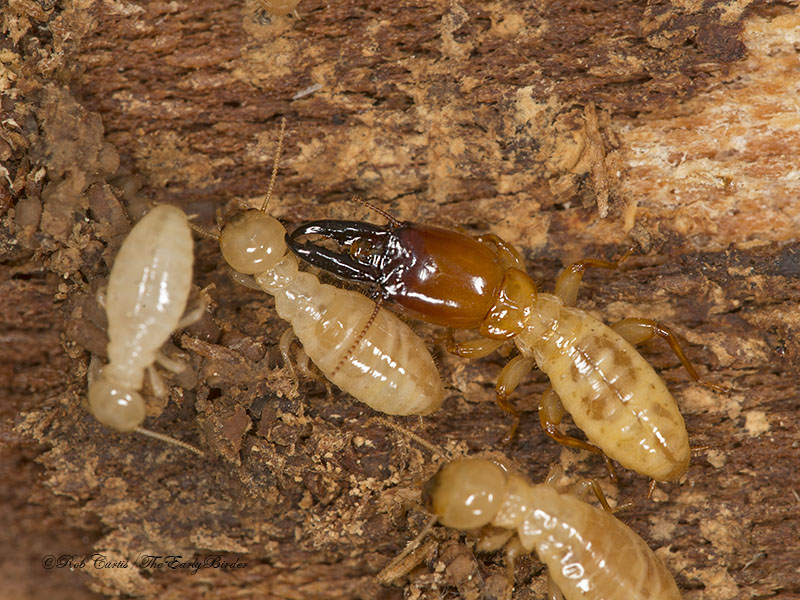
It can be injected as a gel in porch and other post bottoms or used with epoxy consolidants. Yet another form of borate is fused plugs that release the preservative when they dissolve in the presence of moisture.īorate, a nonspecific herbicide, inhibits fungi growth. Borate gel is designed to be injected into small, predrilled holes in wood. Glycol-based solutions incorporate this thick, liquid alcohol to allow the borate to more effectively penetrate seasoned wood. Borate powder-and-water formulations (such as Tim-Bor, Board Defense, or Spectracide Terminate) are common for typical applications such as spraying. There are borate powders, granules, poultices, and gels-each is designed to deliver the borate to the site where it will do the most good. With the help of water repellent, paint, and special precautions for in-ground use, borate becomes a great protector, and our buildings are lucky to have such an environmentally friendly ally.īorate for wood protection comes in a number of formulations. You or your pest-control operator have to take measures to keep the borate from leaching out of the wood. Like salt, though, borate is water soluble, which means rain or contact with the ground can allow it to become mobile. Wood treated with toxic chromated copper arsenate (CCA) requires a mask for cutting and cannot be burned, but you won’t have to worry about wood protected with borate. Research and the experience of pest-control operators have shown that borate can be just as effective with far less health risk. Yet, well before then borate proved nontoxic and successful in preventing problems when it was field tested on important restoration projects such as the 1850s Pontalba Building in New Orleans. For prevention the most commonly used methods were pressure-treated green lumber and ground poisoning. The reason you may not have heard of borate is that until the 1990s toxic chemicals were the standard means of treating termite outbreaks and wood rot problems.
#Rottenwood termites plus
Another plus is that it migrates and reaches moist areas where insects or fungi are active.

Borate’s advantage is that it acts across a spectrum of wood destroyers-from termites, anobiid beetles, lyctid beetles, and carpenter ants to brown or white wood rot. Thanks to borate, a nontoxic salt that combats a host of house invaders, such damage is easy to prevent. The same decay agents, though, can attack the wood in your house. (Photo: Scott Bauer)įor a forest, wood-destroying fungi and insects are part of nature’s cycle as they decompose fallen trees.

Renewed interest in borate as a bait toxicant has grown with the increased threat of Formosan subterranean termites, which destroyed this window sill in the Southern Regional Research Center Library.


 0 kommentar(er)
0 kommentar(er)
